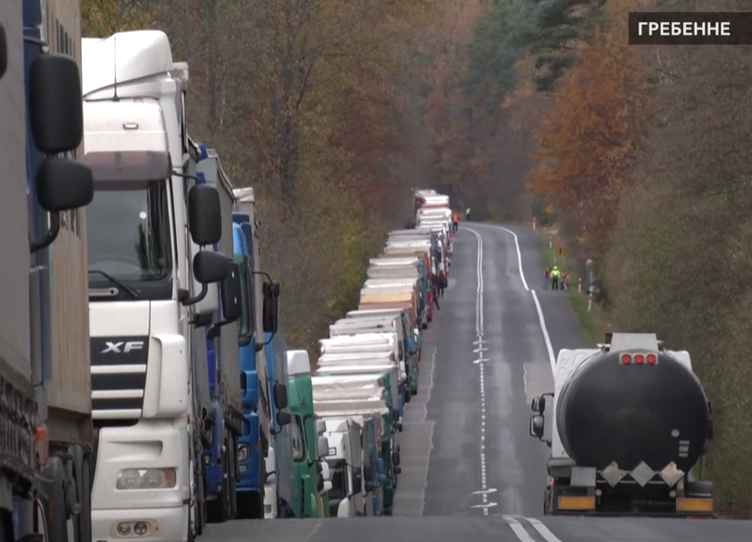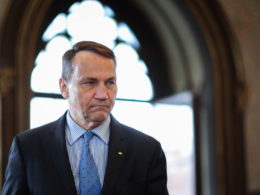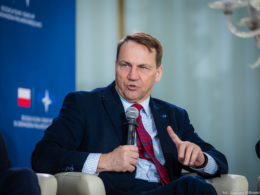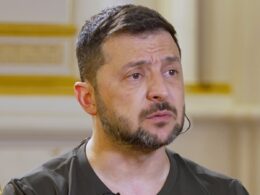Representatives from Ukraine and Poland held a bilateral meeting in Warsaw to develop solutions aimed at unblocking the countries' border, Ukraine's Ministry of Development of Communities, Territories and Infrastructure reported on 1 November.
After discussions, the representatives agreed on:
- Opening the "Uhryniv - Dołhobyczów" border crossing point for empty trucks to pass through;
- Creating separate passes in the "eCherha" system for empty transport at the "Yahodyn - Dorohusk" and “Krakivets - Korczowa” border crossing points;
- Launching a one-month pilot registration in "eQueue" directly before crossing the border at the “Nyzhankovychi - Malhowice” crossing point.
The issue of canceling or amending the EU-Ukraine transport visa-free regime, one of the main demands of the Polish protesters, was not discussed, according to the ministry.
Meanwhile, Polish protesters insist that “Uhryniv – Dolhobychiv” and “Nyzhankovychi – Malhowice” function solely for EU-registered transport.
Ukraine and the EU view the Polish demands as unacceptable and discriminatory towards other countries, a position confirmed during a recent Ukraine-Poland-EU Coordination Platform meeting (DG MOVE) on 30 November, the ministry noted.
The ministry said they are preparing "strategic decisions" to help resolve border queues and ease tensions over road transport.
Key measures include improving crossing point capacity and border control efficiency to meet cargo truck memorandums, along with developing an action plan for expanding Ukraine-Poland border checkpoints, with Ukraine's checkpoint expansion strategy already prepared.
Background of the Polish trucker border blockade:
- On 31 October, a major protest by Polish truck drivers threatened to shut down all border crossings between Poland and Ukraine starting on November 3rd, which marked the beginning of the border blockade crisis.
- On 6 November, dozens of Polish truck drivers blocked three border crossings with Ukraine, and expanded it to a fourth crossing. The Polish protesters demanded the return of permits for Ukrainian carriers, tougher EU transportation requirements, prohibiting non-EU company registration, access to Ukraine's Shlyakh system for eligible drivers, separate border queues for EU cars in eCherha, and dedicated lanes for empty vehicles.
- On 14 November, talks between Ukraine and Poland at the countries' border failed to resolve the strike, and four days later, nearly 3,000 trucks had congested at the Polish-Ukrainian border.
- The organizers of the Polish trucker strike at the Ukrainian border had close ties to Russia and supported Russia's occupation of Crimea.
- The protest claimed its first casualty on 22 November, when a 56-year-old Ukrainian truck driver who was waiting to cross the border into Ukraine died.
- On 27 November, Poland presented Ukraine with carrier demands: implementation of commercial permits for Ukrainian companies, except those transporting humanitarian/military goods, plus suspension and verification of licenses for companies opened after the Ukraine war outbreak.
Related:
- The Russian trace in the Polish trucker border blockade
- Border blockade by Polish drivers “damaging for all,” Ukrainians say





